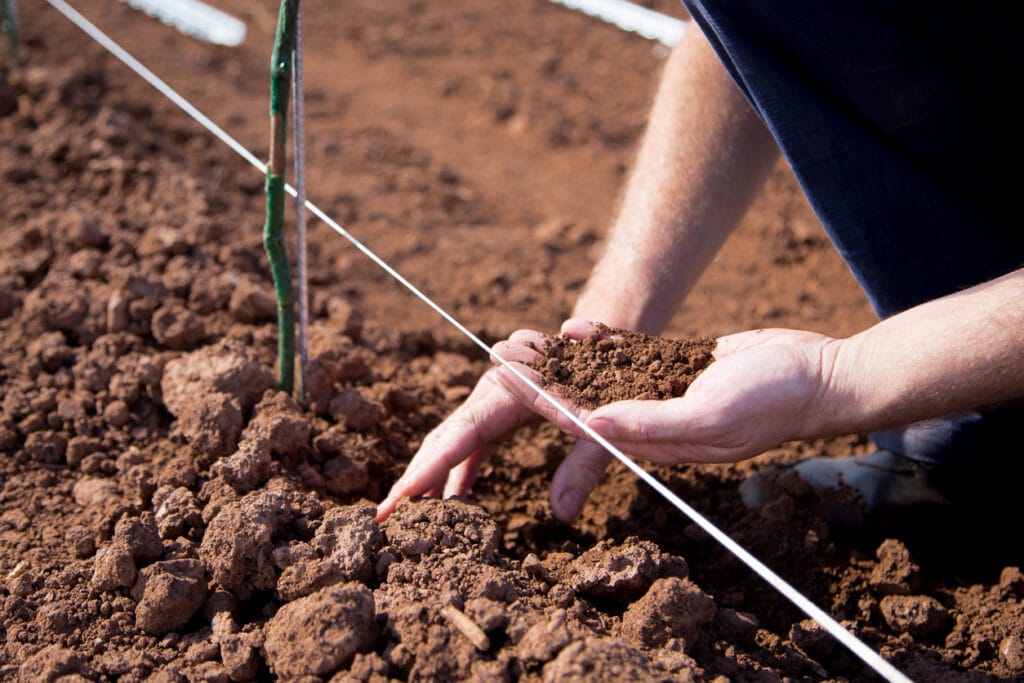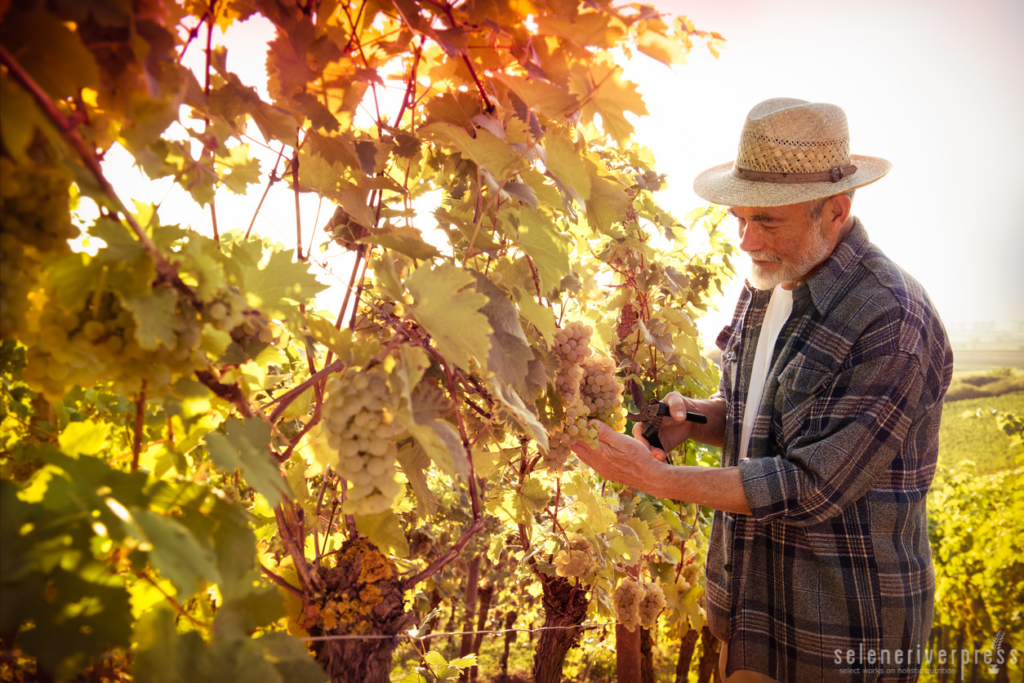The human body is an entity to behold: an intricately complex miracle filled with intrigue and mystery; a being beautifully designed to develop and age for decades before it expires. It contains a genetic code whose epigenetic expression can be altered given environmental inputs. And a soul filled with innumerable gifts. Which means it’s a lot like a fine wine!
Before we dive into the intricacies of the French term, terroir, it is important to note the distinction between a fine wine and a quaffable everyday bottle. The latter constitutes the vast majority of the world’s wine production, which is geared toward blending simple sippers to be enjoyed without fuss upon release. Yum!
Fine wine requires cultivation: all inputs are carefully selected, tended, bottled and aged; a true labor of love. It takes years – decades really, to grow fine wine. Doing so requires a continual process of discovery, refinement, risk reward analysis, plenty of prayers to a higher power, and a long term investment strategy.
Cultivating a fine wine is simple (although not easy!): You must begin by recognizing and honoring the property’s unique terroir. Coined by the French, the concept of terroir represents all of the special “ingredients” that make a particular vineyard wonderful – Nature and human inspired. Wine Spectator Magazine defines terroir as “a term describing the interaction of soil, climate, topography, and grape variety in a specific site, imprinting the wine and making each wine from a specific site distinct. It is derived from the French word for earth, “la terre.”
Terroir allows vintners to get really specific, both in terms of harmonizing with Nature’s inputs as well as those intentioned by the vintner. Vineyards have a specific microclimate within a broader region’s climate. There is always at least one if not multiple exposures of a vineyard. Is it north, south, east, or west facing, or does it have multiple aspects? Soil can differ significantly within a region. Is it sand, silt, clay or loam? Is there a mountain range or coast nearby that might funnel breezes?
For example, Châteauneuf-du-Pape is a specific sub-appellation located in the south of the prized Rhône Valley. Here you find fairly extreme temperatures, lots of sun and an impressively strong northerly wind called le mistral which keeps grape rot at bay. Its defining feature is the galet, a large, smooth and abundant pebble that prevents water evaporation and helps with mitigating ground temperature. The most celebrated Châteauneuf-du-Pape wines are its bodacious, full bodied reds made possible by the appellation’s characteristics or shared terroir.
Human inspired factors include chosen clones of grape varieties planted (there are 13 permitted red varieties there), whether or not to farm organically or biodynamically, all of the trellising/ spraying/ pruning/ and picking decisions made by the vintner, and, of course, the select winemaking techniques and aging philosophy and conditions. Some winemakers sing to their vines and wines; others pray to Bacchus, the God of wine. All of these natural and human factors combined are capable of producing an extraordinary wine that warms the soul. The act of opening a bottle merits appreciation and pause to give thanks for the creation before us, one of that for some represents a religious experience.
It is this sommelier’s assertion that we humans also possess terroir, our unique composition of genetics, environment, lifestyle, and experiences. We cannot change certain inputs such as genetics or family of origin influences, but we can profoundly influence the expression of our terroir given the lifestyle choices we make.
For example, are we cultivating health using traditional and holistic best practices such as prioritizing nutrient dense real whole foods, sunlight, mindfulness, movement, connection and sleep? Or are we on auto-pilot, mindlessly floating throughout the day without a health affirming routine? Or worse, engaging in actions that actively destroy our minds and bodies?
Do we approach ourselves with grace, embracing patience and a long term strategy akin to letting a fine wine age gracefully? Or are we focused on fast fixes, temporary and too-good-to-be-true “solutions?” Are we serving ourselves with care, with nourishment rather than starvation, being fully present and intentionally pausing to cultivate gratitude? Or do we rush through the moments in a blur in blind pursuit of a daily checklist? Do we ever sing to ourselves, or pray for self-grace, strength and discipline? Or are we consuming unhealthy quantities of external influences such as fear mongering media, synthetic chemical substances, or even toxic people?
The wonderful news is that no matter what state you find your current “vineyard,” it is almost always possible to focus on the inputs that cultivate your vibrant terroir. Each small step in the right direction is an investment in your health present and future.
Images from iStock/AlexRaths (main), Sven Sauder (post).


